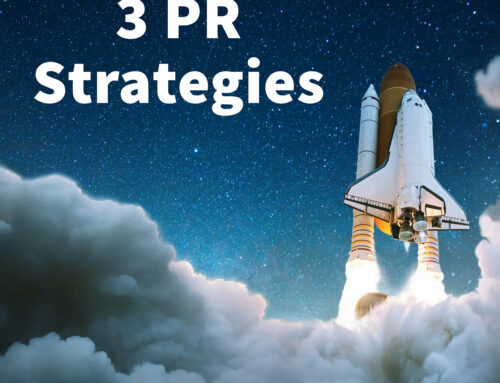Grant’s recent blog post “The Art of StorySelling” reminded me of the value of case studies and application stories as they are often called in the business-to-business marketing world. Case studies offer a great example of StorySelling in action. They can provide powerful proof of benefit claims about a company’s products or services and demonstrate firsthand how you offer solutions to customers’ challenges.
While you need to temper how much “selling” is woven into the story (especially if you are pitching it for publication) when written correctly, case studies can be a very effective tool to showcase your products, services or technology. The third-party credibility of a customer who is helping to tell your story is significant, so it’s no wonder that case studies are often included as a tactic in PR programs. We’ve seen them generate 25 to 30 percent of a company’s leads in some of our campaigns.
Customers and prospects find case studies appealing because they can learn from the examples. Publications are most interested in using stories if they quantify results such as cost savings, quality improvements, process improvements or other efficiencies.
If you’re interested in developing a case study but aren’t sure where to start, consider customer stories that will illustrate success and offer unique insights. Combine a problem/solution scenario with the use of new technology or equipment, innovative design, environmental benefits or remarkable results and you’ll have a recipe for a strong case study opportunity. Of course, you’ll need to get your customer’s permission to interview them and write the story from their perspective. We also suggest having them review and approve what you write. It’s also a good idea to ask for photos to illustrate the story or even hire a photographer.
Once you have written and published your case study there are many opportunities to repurpose it so that it works even harder for you. For example, you can obtain permission to reprint it and include it in a mailing to customers and prospects. You can provide a link to it from your website pressroom and/or blog. You can revise it using a stronger selling style and self-publish it as a sales tool for your team. You can include an excerpt in your newsletter. You can use it as a handout at trade shows. You can tweet about it. The possibilities go on and on.
Through the stories they tell about your company and products, case studies will help you increase visibility and name recognition, establish personnel as industry experts and lead to stronger sales. That sounds like StorySelling.






